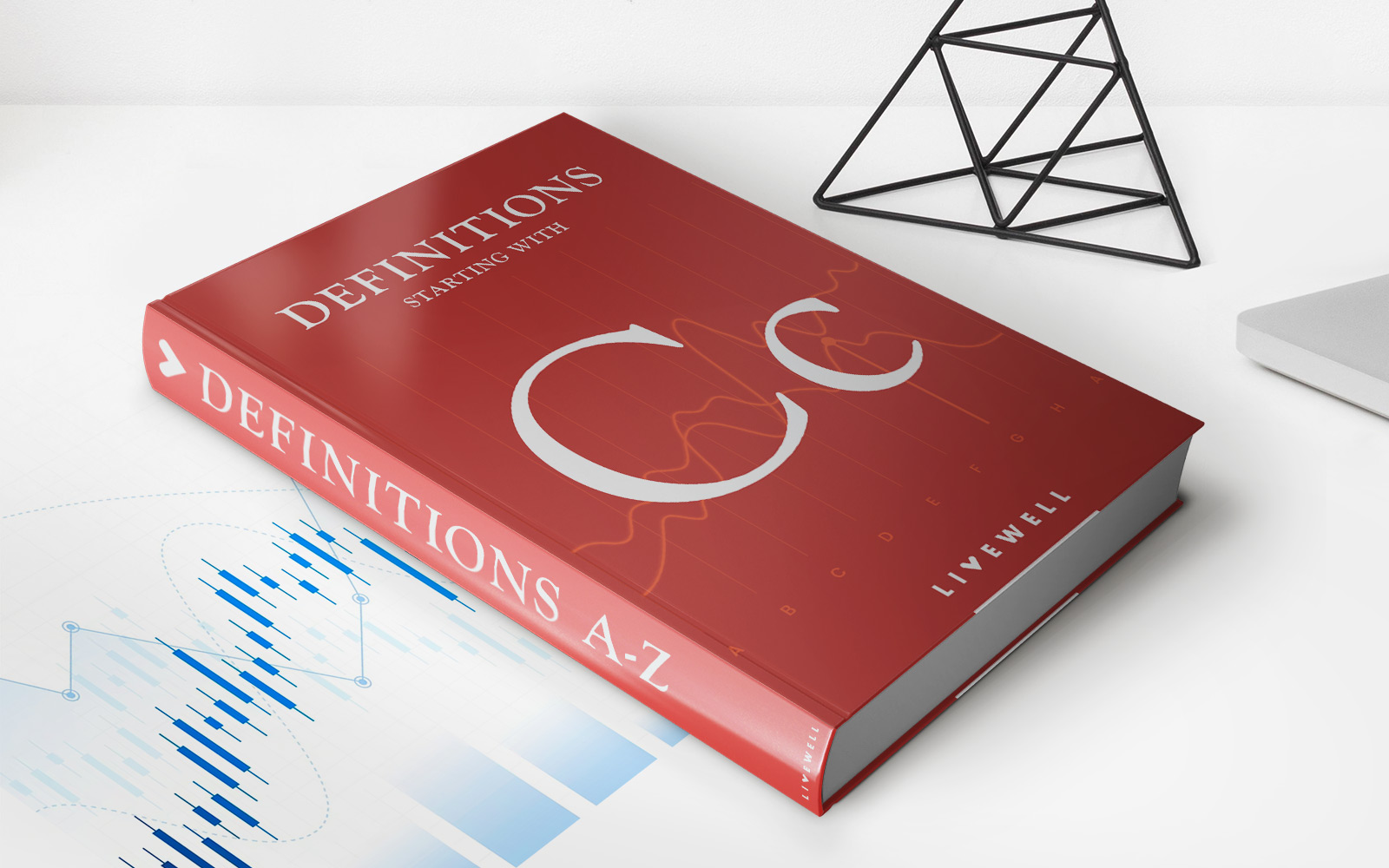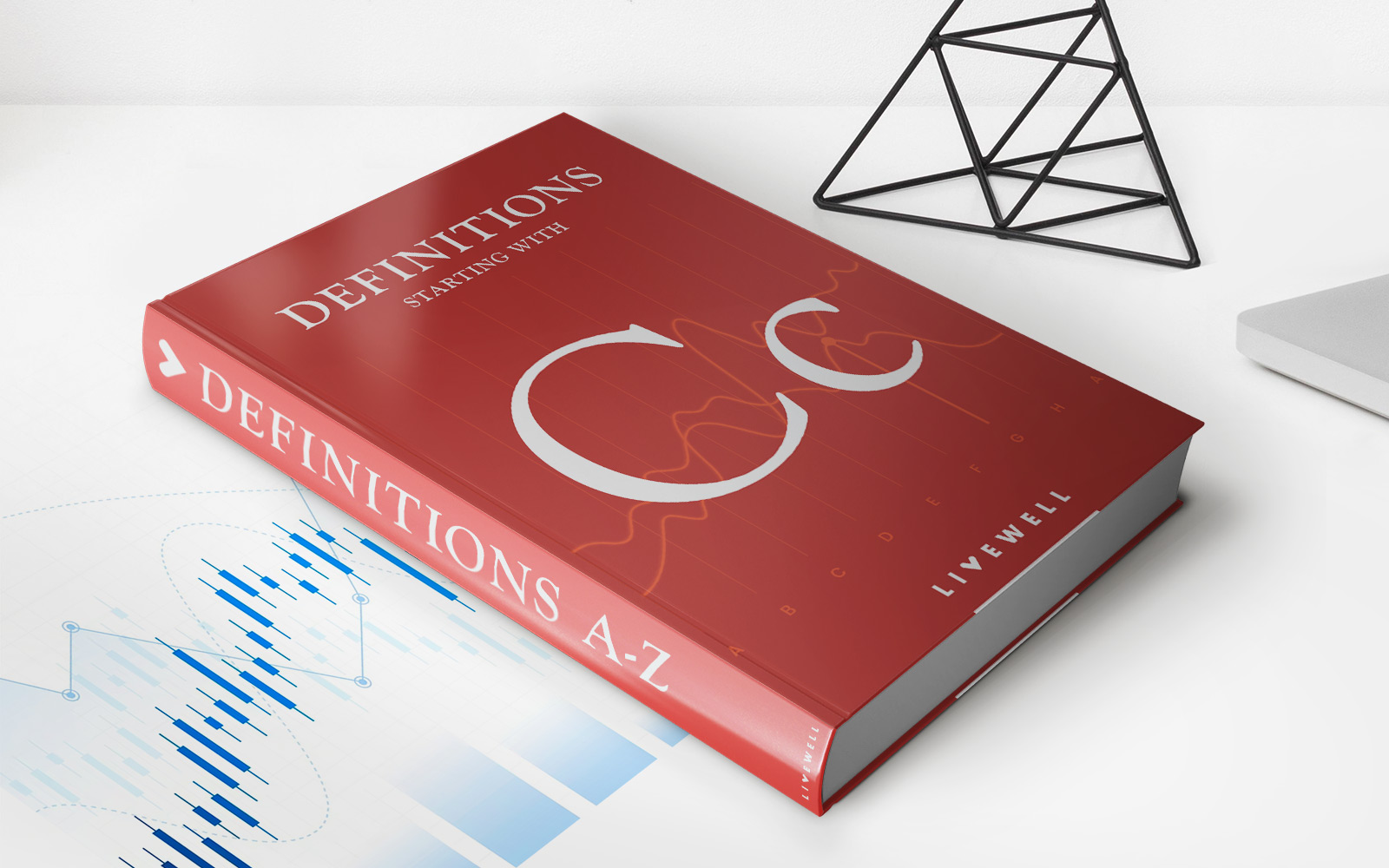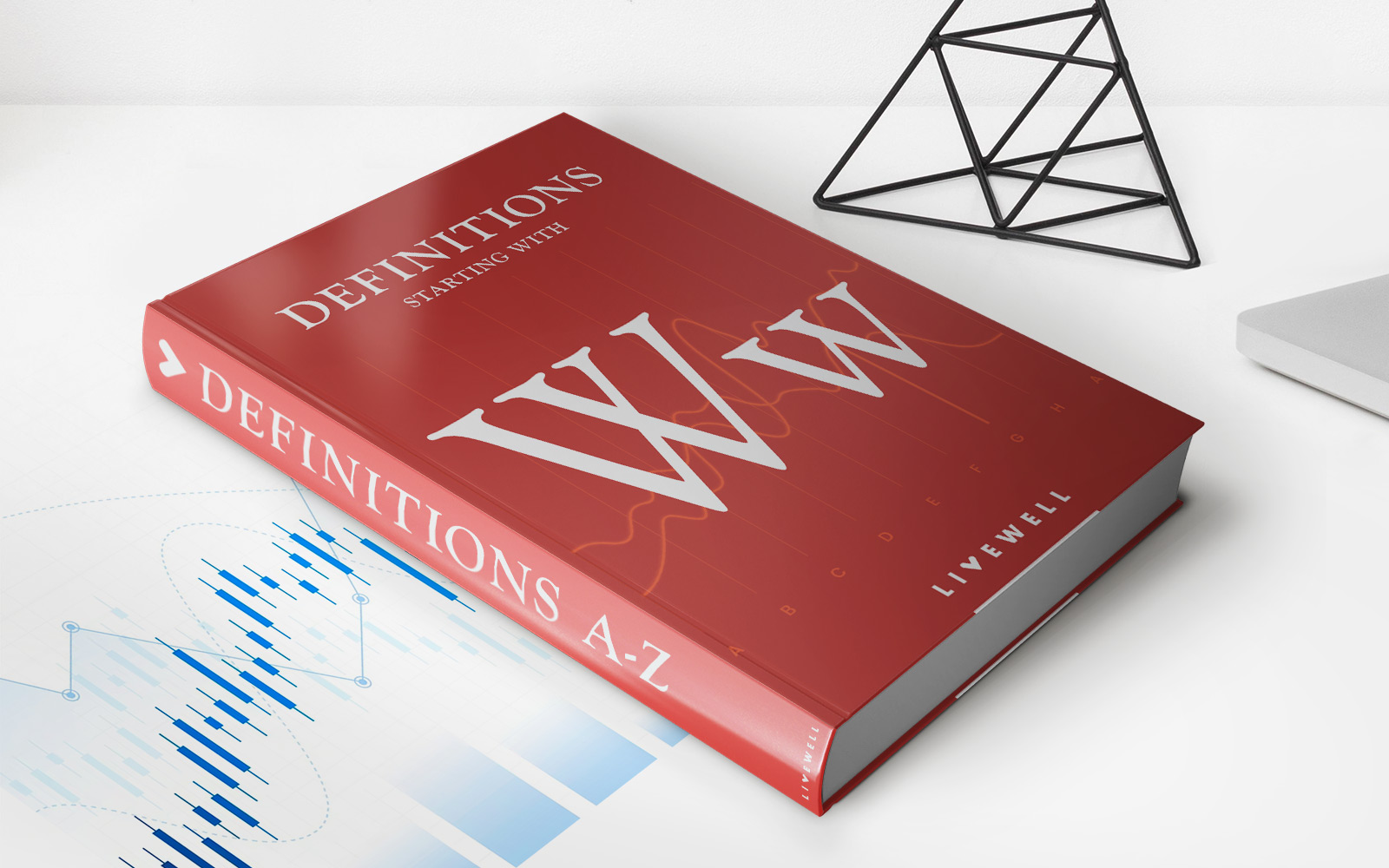Home>Finance>Casualty Insurance: Definition, Types, Examples


Finance
Casualty Insurance: Definition, Types, Examples
Published: October 25, 2023
Learn about casualty insurance in finance. Definition, types, and examples provided. Gain insights into this important aspect of risk management.
(Many of the links in this article redirect to a specific reviewed product. Your purchase of these products through affiliate links helps to generate commission for LiveWell, at no extra cost. Learn more)
Understanding Casualty Insurance: Protecting Yourself and Your Finances
When it comes to managing our finances, there are various types of insurance that play a crucial role in safeguarding our assets. One such type is casualty insurance. In this article, we will explore what exactly casualty insurance is, delve into its different types, and provide some practical examples to help you better understand how it works. So, let’s dive in!
Key Takeaways:
- Casualty insurance provides coverage for losses resulting from events or incidents that are unforeseen and accidental.
- It is essential to carefully assess your needs and select the appropriate type of casualty insurance to ensure adequate protection.
What is Casualty Insurance?
Casualty insurance is a type of insurance that offers financial protection against losses resulting from events or incidents that are unforeseen and accidental in nature. It can be thought of as a broad category of insurance that goes beyond the scope of property insurance, which primarily covers damage to tangible assets like buildings and vehicles.
Casualty insurance provides coverage for various types of risks, such as liability for injuries to others, property damage caused by insured individuals, and legal expenses in case of lawsuits. It is designed to protect both individuals and businesses from potential financial liabilities arising from accidental incidents.
Types of Casualty Insurance:
Now that we have a basic understanding of what casualty insurance entails, let’s explore some common types:
- Liability Insurance: Liability insurance protects individuals or businesses against claims resulting from injuries to other people or damage to their property. It ensures that if you are found liable for an accident, your insurance coverage will help cover the associated costs, including legal fees and medical expenses.
- Workers’ Compensation: Workers’ Compensation insurance is designed to provide coverage for costs related to workplace injuries and illnesses. It helps to cover medical expenses, lost wages, and rehabilitation costs for employees who are injured on the job. Employers are legally required to have this insurance, as it protects both parties in case of workplace accidents.
- Commercial Auto Insurance: Commercial auto insurance covers vehicles used for business purposes, such as delivery vans or company cars. It provides protection against damages caused by accidents while driving for work-related activities.
- Product Liability Insurance: Product liability insurance is crucial for manufacturers, distributors, and retailers. It offers protection in case a product causes harm or injury to a consumer. This type of insurance helps cover legal costs, medical expenses, and any compensation awarded to the injured party.
Examples of Casualty Insurance in Action:
To help illustrate how casualty insurance works in practice, here are a couple of examples:
- Imagine you own a small bakery, and a customer slips on a wet floor in your shop, resulting in injuries. If you have liability insurance, it would help cover the medical expenses of the injured customer and protect you from potential lawsuits. This type of coverage can save your business from bearing the financial burden of such incidents.
- Another example is if you are a contractor responsible for construction projects. If an accident occurs on-site and causes property damage, your casualty insurance would come into play to cover the costs of repairs or replacements, protecting you from potential financial setbacks.
These examples highlight the significance of having the right type of casualty insurance in place to safeguard your financial well-being. Each situation is unique, so it’s crucial to evaluate your individual needs and consult with an insurance professional to make informed decisions.
Conclusion
Ensuring adequate protection for yourself and your assets is a vital aspect of financial planning. Casualty insurance provides the necessary coverage for unforeseen and accidental incidents that could have significant financial implications. By understanding the different types of casualty insurance and their practical applications, you can make informed decisions and secure the protection you need.
Remember, carefully evaluate your specific needs and consult with insurance experts to choose the right type and level of coverage for your circumstances. Don’t leave the future of your financial well-being to chance!














